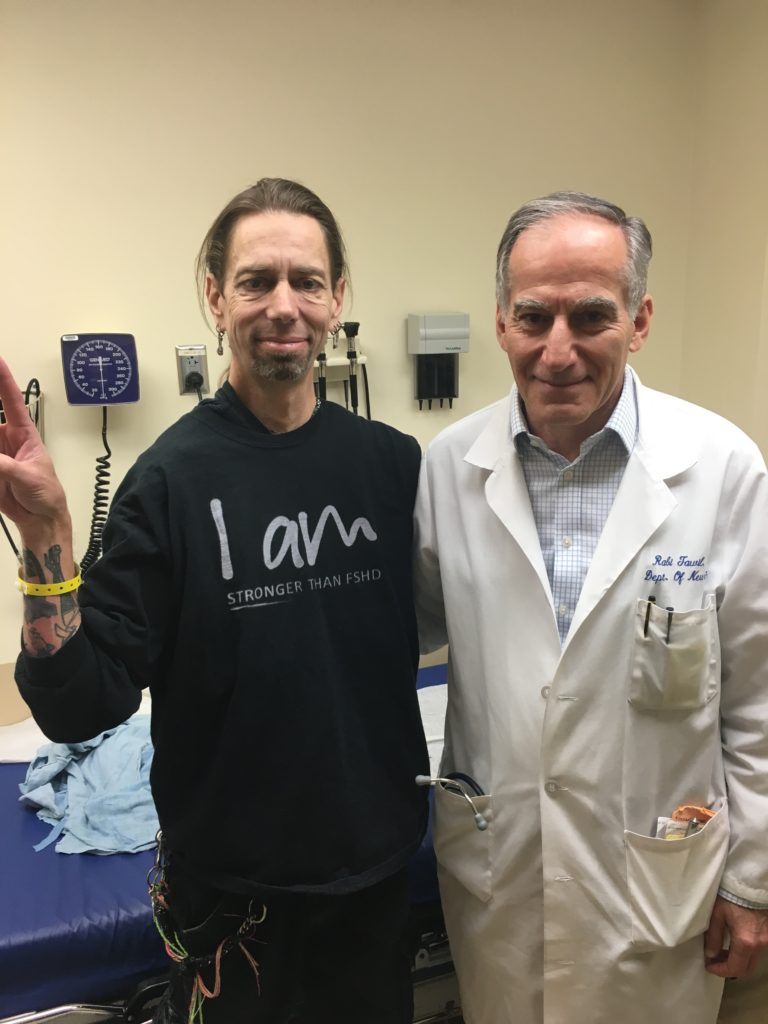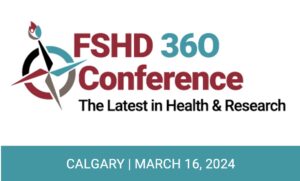
To crack the code of FSHD, patients are absolutely essential
All of the breakthroughs—the discovery of the genetic causes, understanding why some patients vary so greatly in the severity of their symptoms, teasing out the biochemical pathways that could point to future treatments—were made because patients stepped up to the plate.
Too often, we hear patients say they’ll volunteer when there’s a treatment. But we will never get to a treatment unless patients participate in fundamental research now. FSHD is uniquely human, so no laboratory mouse can ever fully model the disease. The genetic “package” that causes FSHD is found only in people. We owe an enormous debt to the patients who give DNA samples. Who submit to long interviews and exhausting physical tests. Allow a surgeon to cut out a small muscle sample. Who fight claustrophobia to lie in the narrow bore of an MRI machine.
Equally important are patients’ family members, both affected and unaffected, who provide the best experimental controls because of their shared genetic and environmental backgrounds. A parent or sibling who has very mild symptoms may hold the key to understanding the factors that protect against the full-blown development of FSHD symptoms in a more severely affected family member.
We are more hopeful today than ever before that a treatment is within sight. We cannot guarantee when that treatment will arrive, but here’s one thing we guarantee: If you volunteer for research, your participation will without question help move us a step closer to that day.
Scientific Overview of FSHD
Read the latest on wikipedia
Glossary of Scientific Terms
Meet del-brax, Avidity’s FSHD therapeutic candidate
Results presented by Avidity of interim data from its Phase 1/2 clinical trial in FSHD were all the buzz at this year’s International Research Congress and FSHD Connect conference…. Read More »
Avidity shares interim data from its FORTITUDE trial
“Unprecedented” and “consistent” reductions in DUX4 activity along with improvements in strength and function by June Kinoshita, FSHD Society Avidity Biosciences, Inc., a San Diego-based biopharmaceutical company, announced this Wednesday,… Read More »
Fulcrum Therapeutics and Sanofi to collaborate
Sanofi receives exclusive rights to commercialize losmapimod in all territories outside the U.S.; Fulcrum retains full U.S. commercialization rights Read the full news release here CAMBRIDGE, Mass., May 13, 2024… Read More »
Calgary 360 slides
Here are the slides from the Calgary FSHD 360 meeting on March 16, 2024. Welcome! What is a 360? What is the CTRN? Beth Johnston, FSHD Society, and Neil Camarta,… Read More »






